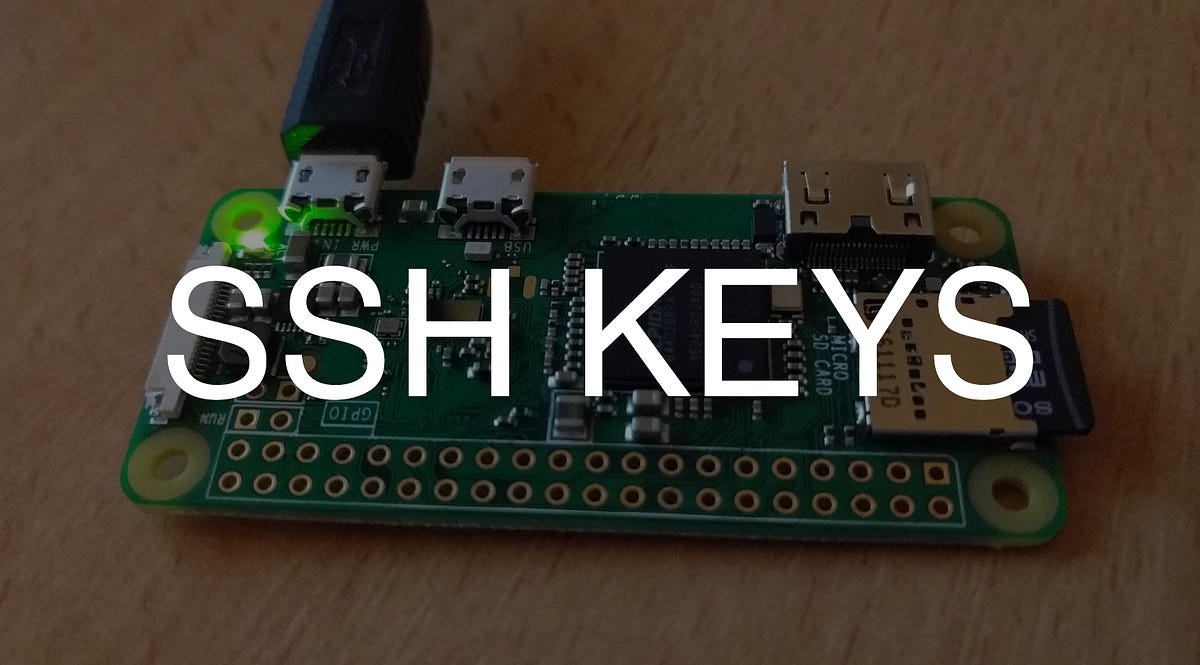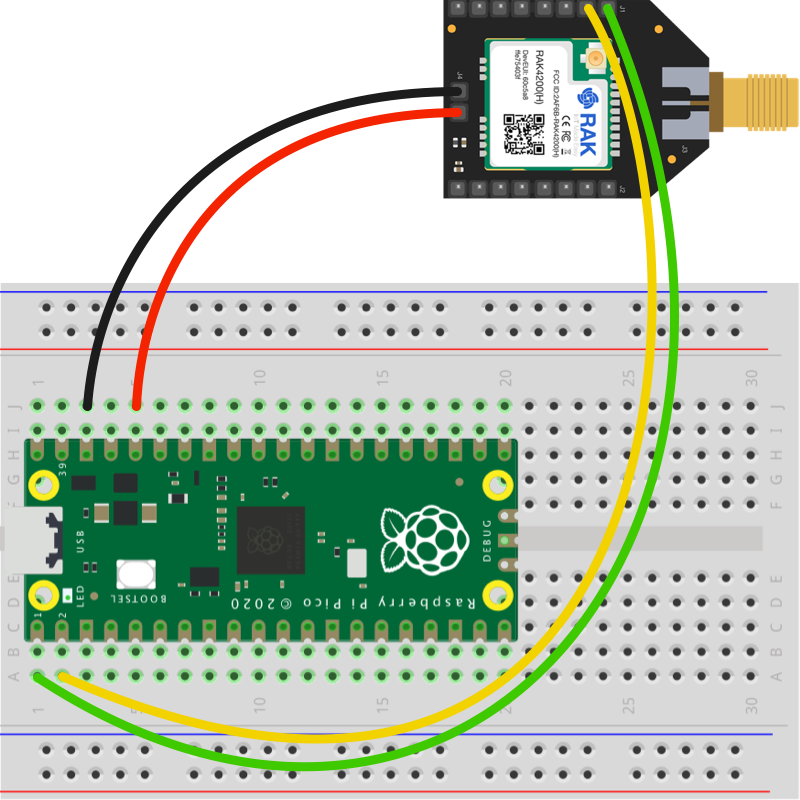Securely Connect Raspberry Pi To Android: P2P Guide & Best Practices
Are you seeking to untangle the complexities of securely connecting your Raspberry Pi to an Android device? The ability to create a fortified, private pathway between these devices is no longer a luxury, but a necessity in our increasingly connected world.
The modern landscape of technology has blurred the lines between personal and professional life, and with this has come an exponential increase in the use of Internet of Things (IoT) devices. From smart home appliances to intricate industrial systems, these devices generate and transmit sensitive data that needs to be protected. This comprehensive guide is your roadmap to navigating the tools, protocols, and best practices for establishing a secure connection between your Raspberry Pi and Android devices. We'll delve into the critical importance of encryption, authentication, and other security measures designed to shield your IoT network from prying eyes.
Let's imagine the practical implications. Consider a scenario where you manage a home automation system remotely. Without a secure connection, you expose your control systems to unauthorized access. This could result in anything from a simple inconvenience to a full-blown security breach. Or, consider the professional application. Edge computing devices, utilizing Raspberry Pis, are deployed in various environments to collect and process data. Protecting the communications to these devices is not just important; it is mission-critical.
This article serves as a practical, step-by-step manual for establishing a secure peer-to-peer (P2P) connection between your Raspberry Pi and Android devices. By following the procedures and guidelines detailed here, you'll gain the knowledge and practical skills necessary to safeguard your IoT network, ensuring your data remains private and secure. This encompasses an understanding of how to implement encryption, how to authenticate users, and how to utilize tools such as Secure Shell (SSH), Virtual Network Computing (VNC), and Remote Desktop Protocol (RDP). We will also be looking at how to leverage tools like pinggy.io to establish secure tunnels, enabling seamless remote management of your devices, irrespective of your physical location.
This is a vital consideration. Securely connecting remote IoT devices, particularly when dealing with Raspberry Pis, demands a multi-faceted approach. It necessitates a combination of robust tools, adherence to best practices, and meticulous configuration. The core premise revolves around creating a private and reliable tunnel, so data can move between devices without risk of eavesdropping or tampering. The goal is to not only make the connection but to harden it to any potential exploitation.
Let us delve into the specifics. Consider the implications of inadequate security. A lack of security measures can result in significant consequences, including unauthorized access to your devices, data breaches, and disruption of services. Cybercriminals are continuously developing sophisticated methods to exploit vulnerabilities, making robust security protocols an absolute necessity. It means recognizing the potential threats and actively working to mitigate them. This is not an area for compromise.
For those interested in the technical side, setting up a secure P2P connection often entails using SSH. Secure Shell provides a way to remotely access and control the Raspberry Pi. By implementing SSH keys, you can bolster security by replacing passwords with more robust and difficult-to-crack authentication methods. Furthermore, you will often need to configure your Raspberry Pi's firewall to filter unwanted traffic and control which services are accessible from the outside. VNC or RDP are also useful tools. VNC allows you to view and control a Raspberry Pi's graphical desktop remotely. RDP offers a similar capability, often used in corporate settings.
Consider the various applications. Whether managing smart devices, hosting servers, or experimenting with IoT projects, a secure connection is paramount. The ability to remotely access and control your Raspberry Pi from your Android device opens a wide array of possibilities. You can monitor sensor data, manage a home automation system, or even deploy applications to your Raspberry Pi from anywhere in the world, provided you have an internet connection. The ease and security of such operations are dependent on following the security guidelines outlined here. The goal is to create a system that is both functional and secure.
Let's explore the scenario for those seeking to securely connect remote IoT devices, specifically looking to connect remote IoT devices and download them on android. This requires a careful approach that involves not only establishing a secure connection but also considering the Android applications you wish to install on the device. The ability to have full control over devices from your android devices provides an almost limitless number of possibilities.
Now, let's address some of the common challenges faced when securing the IoT. Often the challenge is a lack of expertise. Many users are not familiar with the security protocols and best practices that are essential for protecting their devices. Furthermore, keeping the software up-to-date is another significant challenge. It is crucial to regularly update your operating system and installed software to patch known security vulnerabilities. Additionally, it is essential to protect your network by changing the default settings.
Let's delve into some best practices for securing your Raspberry Pi and associated devices. Start by changing the default credentials. A common mistake is leaving the default username and password unchanged. Then, configure the firewall on your Raspberry Pi to block any unneeded connections. Utilize strong encryption algorithms, such as AES-256, to protect sensitive data. Regularly back up your system to ensure that you can restore your data in the event of a security breach.
Moreover, ensure that your Raspberry Pi is running the latest version of the operating system. Regular software updates are crucial for patching security vulnerabilities. Use SSH keys instead of passwords for remote access. This offers a more secure authentication method. Implement two-factor authentication whenever possible. This will add an extra layer of security to your system. Monitor your system for any suspicious activity and use intrusion detection systems to detect and alert you to potential threats.
Remember, securing remote IoT devices, especially those using Raspberry Pi and Android, necessitates a layered security approach. It means implementing multiple security measures, ensuring the protection of your data, and controlling access to your devices. This way, it can create a safe and efficient system that provides peace of mind.
Let's discuss the tools and technologies that we will use to secure connections. Secure Shell, or SSH, is one of the most essential tools for remotely accessing and managing your Raspberry Pi. SSH allows you to encrypt your data between your device and the Raspberry Pi. VNC is another essential tool that allows you to view and control the graphical desktop of your Raspberry Pi. Remote Desktop Protocol (RDP) provides similar functionality, although it is often more used in enterprise environments.
Pinggy.io offers a simple solution for creating secure tunnels. It allows you to expose your local servers to the internet securely, without needing to configure complex firewall rules. This can be especially useful when you want to access your Raspberry Pi remotely, even if it is behind a NAT firewall. It allows for secure remote management. This tool is crucial in a setting where you need to make sure the connection is secure from any vulnerabilities that might exist.
Todays interconnected world has made securing remote access to IoT devices like the Raspberry Pi essential for a variety of uses. From managing complex projects and monitoring critical systems to automating complex tasks, the ability to connect to these devices has become crucial. This makes having a fully secured system, a top priority. It's becoming the standard in our increasingly connected world.
We've reached the point where securing remote access is essential for tech enthusiasts, developers, and businesses alike. Whether you're using it for personal projects or professional deployments, the ability to connect to your Raspberry Pi from anywhere in the world requires a secure and reliable connection. This guide helps you get that.
Securing remote IoT devices is a challenging task, but by using the best practices and tools outlined in this article, you can effectively fortify your network against potential threats. The combination of robust encryption, authentication, and proper configuration will greatly improve your security. The right approach guarantees that your IoT devices and data remain safe, efficient, and protected. This creates a secure foundation for you to build on.
We've touched on various aspects of securing your Raspberry Pi, so you should now have a good understanding of the steps you need to take. Remember that security is an ongoing process. It is not a one-time setup. Make sure to keep your systems and devices updated. Always stay vigilant and ensure that your network remains secure against the constant threat of cyberattacks. This will ensure the proper use of your devices.
This innovative approach, combined with a dark mode toggle, will enhance user experience by optimizing the display for both day and night use. This creates a user-friendly experience.
In today's interconnected world, the ability to securely connect remote IoT devices and download Android applications has become a necessity for tech enthusiasts, developers, and businesses alike. The demand for secure access grows by the day.
In todays interconnected world, remote access to IoT devices like the Raspberry Pi is essential for managing projects, monitoring systems, and automating tasks. The ability to have full control of your devices has become important to people everywhere.
In todays interconnected world, remote access to IoT devices like Raspberry Pi is essential for managing projects, monitoring systems, and automating tasks. The ability to remotely access and manage your devices has become incredibly important.
In the ever-evolving landscape of technology, securing your Raspberry Pi and edge computing devices for remote access is paramount. This guide offers you the tools and information you need.


